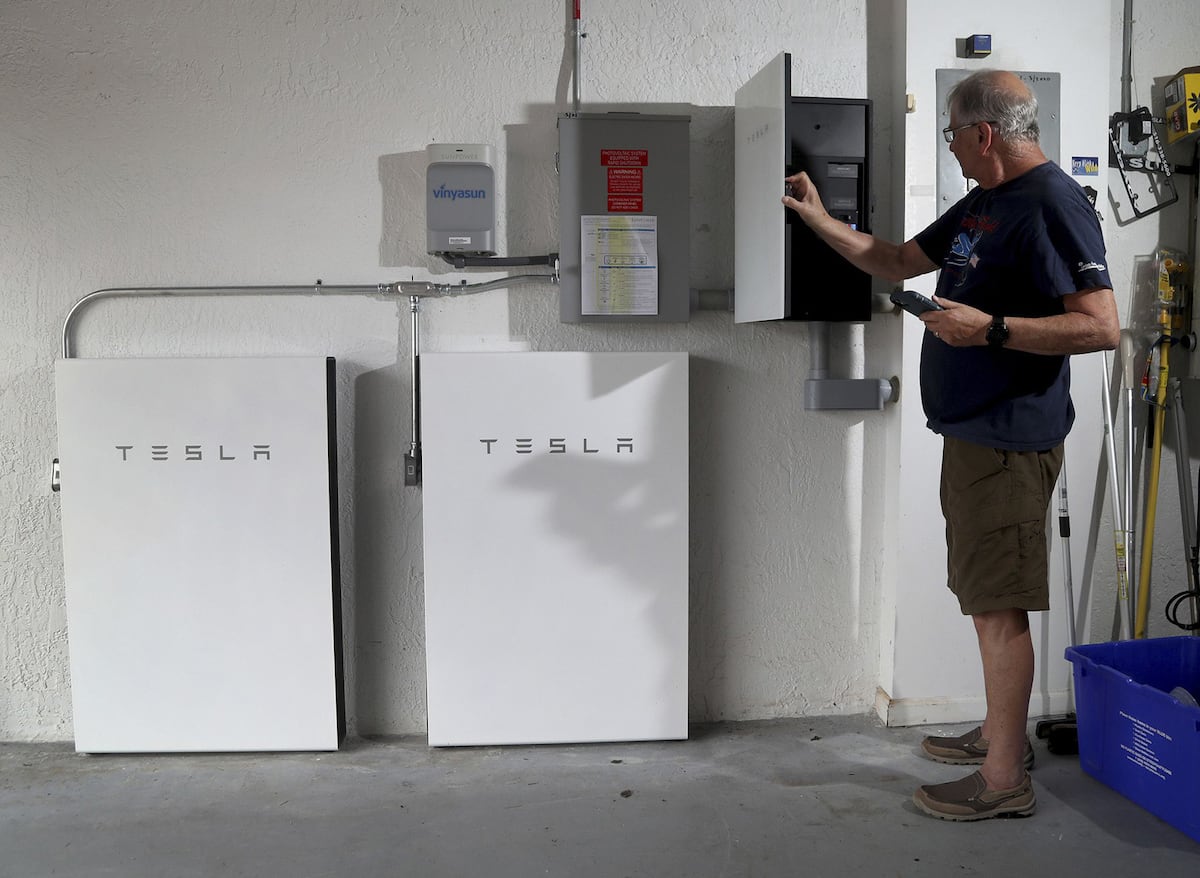In recent years, the Spanish market for domestic and industrial batteries has continued to grow, but at a much slower pace than in 2022. According to the latest data from the Union Española Fotovoltaica (UNEF), Spain now has a total capacity of almost 1.9 gigavatios hora (GWh) of energy storage, with residential installations accounting for 77% of new installations in 2023. The majority of these systems are linked to an autoconsumption system, which also saw a decline in installation rate last year.
While the sector of solar panels on rooftops is showing increasing activity, the residential sector has seen participation drop by half compared to 2023. Employers in the industry attribute this decline to a combination of factors including falling electricity prices and reduced funding from European funds. However, calculations suggest that about one out of every three new autoconsumption systems already have a battery installed to maximize savings.
Spain is lagging behind other large markets, such as Germany, where autoconsumption has become increasingly popular in recent years, especially since the energy crisis. According to the latest data from German employers, 1.2 out of every 3.7 million households with solar panels on their roofs also have a battery associated with them. In just one year (2022), Germany added twice as many batteries as Spain did in two years (2023). This surge is reducing the amount of energy required from the grid.
The sudden drop in electricity prices paid by users of autoconsumption systems is also driving demand for those who want to install batteries to cover their nighttime energy needs. Recent studies show that consumers who adhere to regulated markets (known as PVPC) are seeing their excess payments drop during daylight hours when they must compete with increasing photovoltaic production. Some consumers choose not to feed back into the grid during certain periods and instead store excess energy for later use without having to pay for it back out at higher rates than what they would receive if they fed it back into the grid.
The cost of these systems remains high and acts as a barrier for many consumers domestically. However, recent trends have been promising and according to projections by the International Energy Agency (IEA), this decline will accelerate over time.
“Battery storage systems allow us to use excess energy more efficiently so that we can consume it later when needed,” said Donoso.
Looking forward, it’s expected that these batteries will not only store energy generated through autoconsumption but also mediate between different time periods when renewable energy is cheapest and most expensive.
The benefits of this practice will not only be felt by households and businesses that invest in them but also by the entire electricity grid system which will depend less frequently on current backup technologies like natural gas power plants which are more expensive and polluting.
For this future vision to become reality though, there needs to be a much faster growth rate in new installations within a short period than what was seen recently












+ There are no comments
Add yours